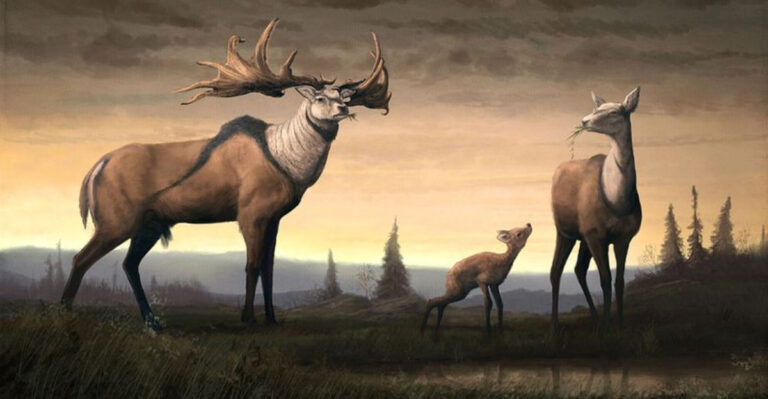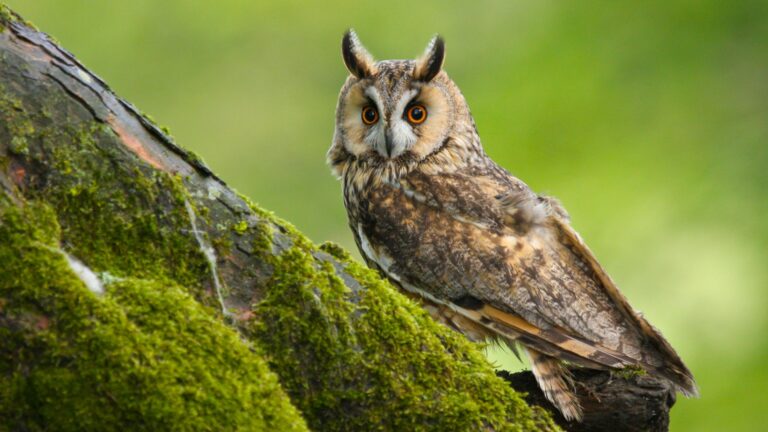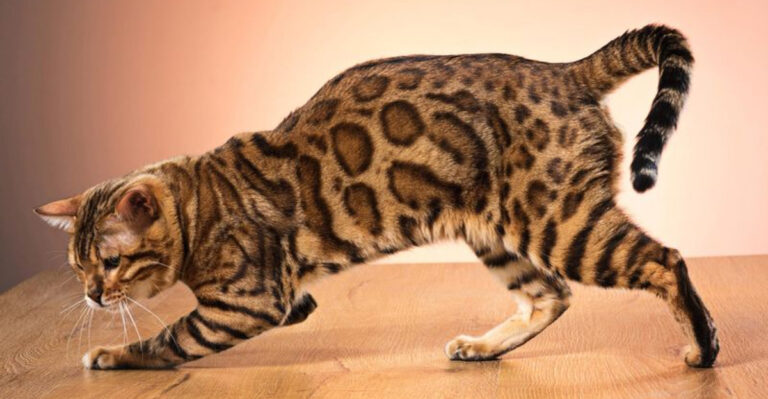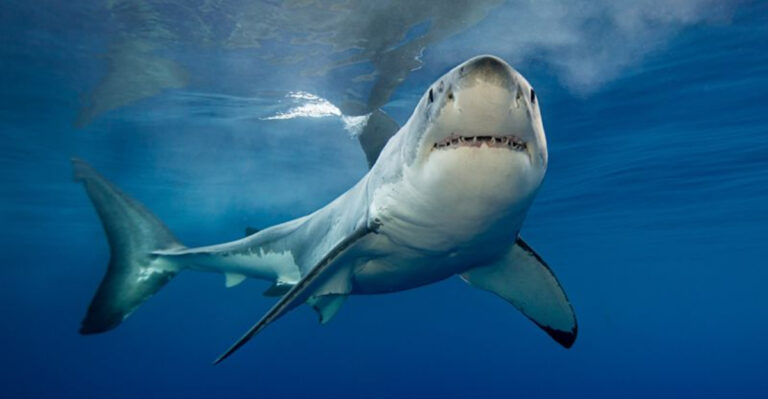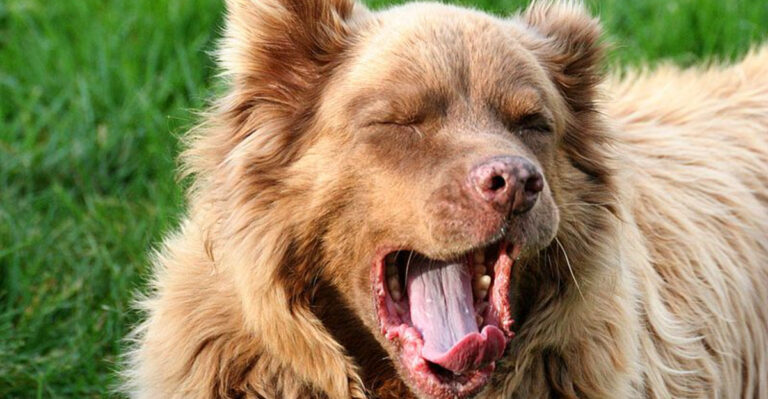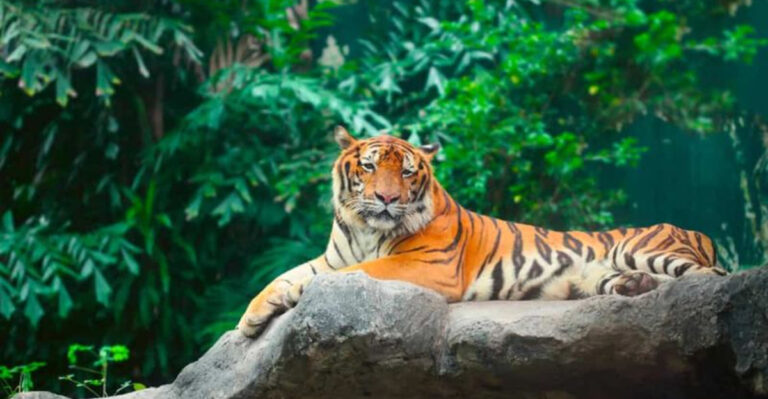19 Once Common Animals You Rarely See Anymore
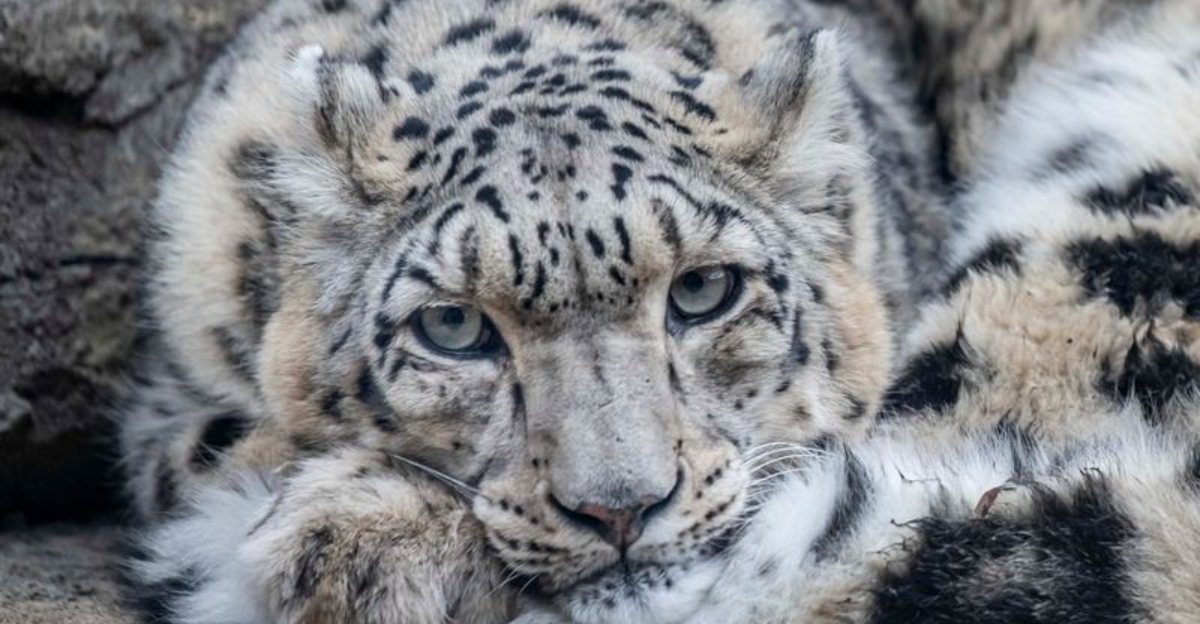
Once abundant and thriving, many animal species that were once common sights have become rare due to habitat loss, climate change, and human activities.
The survival of these majestic creatures depends on our collective action to ensure they don’t disappear forever.
1. Iberian Lynx

In the Mediterranean scrubland of the Iberian Peninsula, the Iberian Lynx quietly roams, once considered the world’s most endangered feline.
With its tufted ears and striking spotted coat, this elusive predator is both captivating and powerful.
Conservation efforts have focused on protecting its habitat and breeding programs, with a boost from the recovery of its primary prey, the rabbit.
2. Quokka
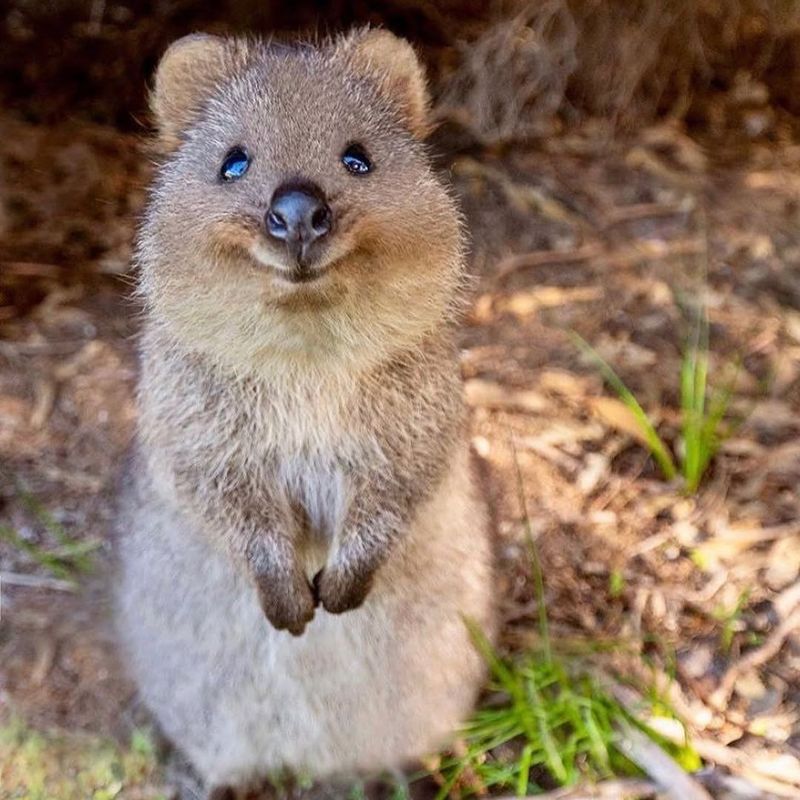
Ever seen a creature that seems to smile perpetually? Meet the Quokka, the happiest animal on Earth. These charming marsupials once thrived across Australia’s southwestern coastlines.
Their friendly demeanor and curious nature make them a delight to encounter. However, their numbers have dwindled due to habitat destruction and introduced predators.
Spotting a Quokka is like finding a living piece of joy, a testament to wonder in the animal kingdom.
3. Javan Rhino

The Javan Rhino, once widespread in Southeast Asia, now survives only in Indonesia’s Ujung Kulon National Park.
With fewer than 70 individuals left, this rare species is hanging by a thread.
Its thick, grey skin and single horn set it apart from its African cousins.
Habitat loss and poaching have brought the Javan Rhino to the brink of extinction.
4. Saola
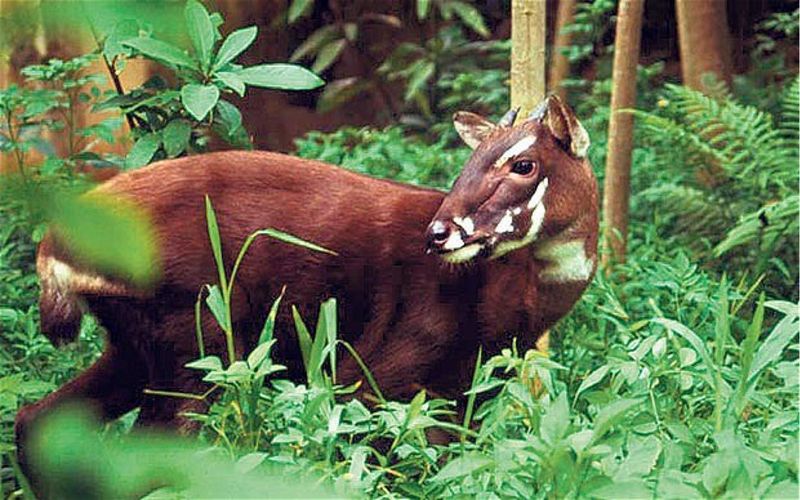
The Saola, often called the Asian unicorn, roams the dense forests of the Annamite Range in Vietnam and Laos.
First discovered in 1992, this mysterious mammal has intrigued scientists with its long, straight horns and unique facial markings.
Sadly, habitat destruction and hunting are major threats to the Saola’s survival.
Conservationists are working together to protect its habitat and reduce human-wildlife conflict.
5. Amur Leopard
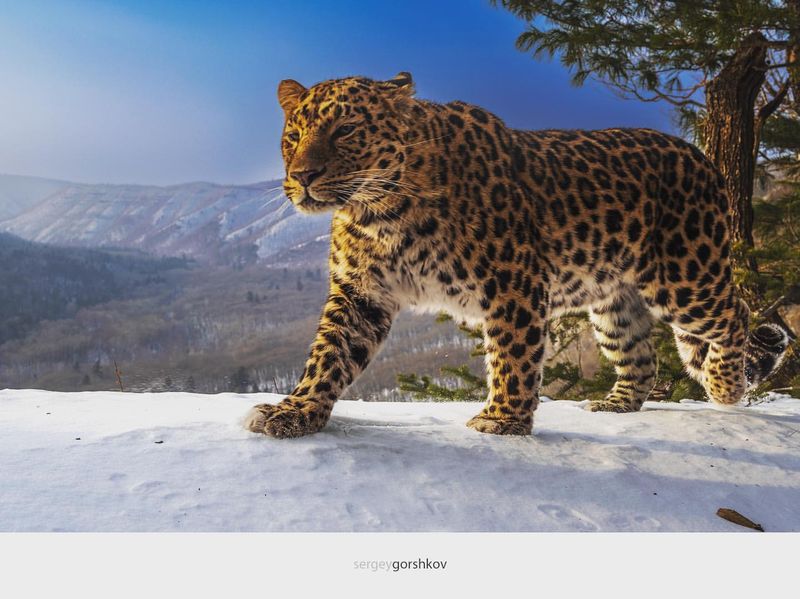
In the snowy forests of the Russian Far East, the Amur Leopard roams with elegance and power.
With only around 100 individuals left, this critically endangered big cat is as rare as it is stunning, with a coat that keeps it warm through harsh winters.
Sadly, poaching and habitat loss from logging and human expansion threaten its survival.
6. Vaquita
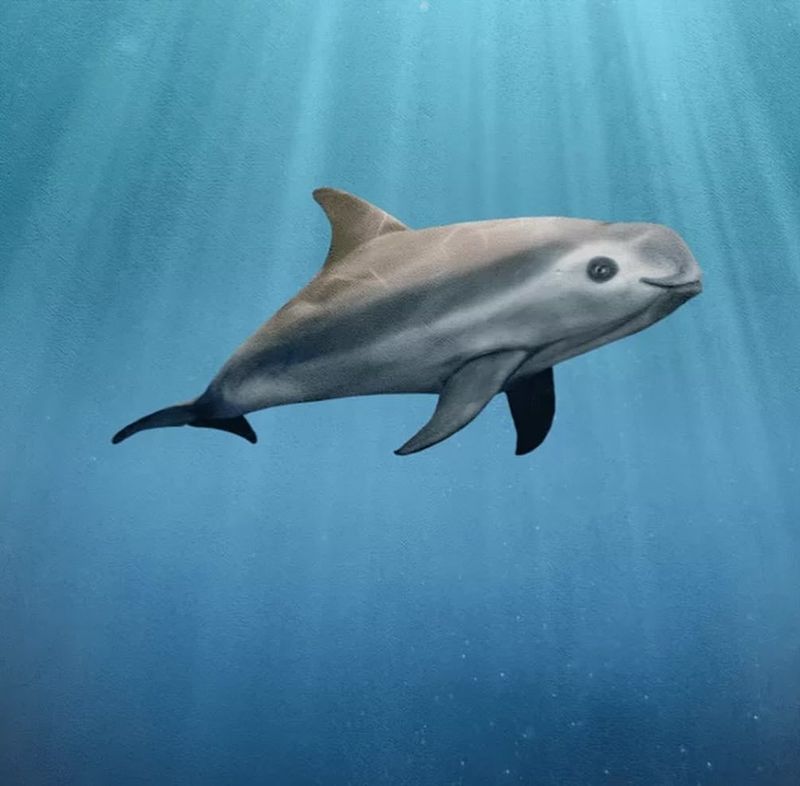
In the Gulf of California, the Vaquita, a tiny porpoise, is fighting for its survival.
With its small size and unique dark-ringed eyes, the Vaquita has become a symbol of marine conservation.
Unfortunately, illegal fishing practices, particularly gillnets, have caused its population to plummet.
Conservationists are working hard to protect this endangered species by banning harmful practices and promoting alternatives.
7. Hawaiian Monk Seal
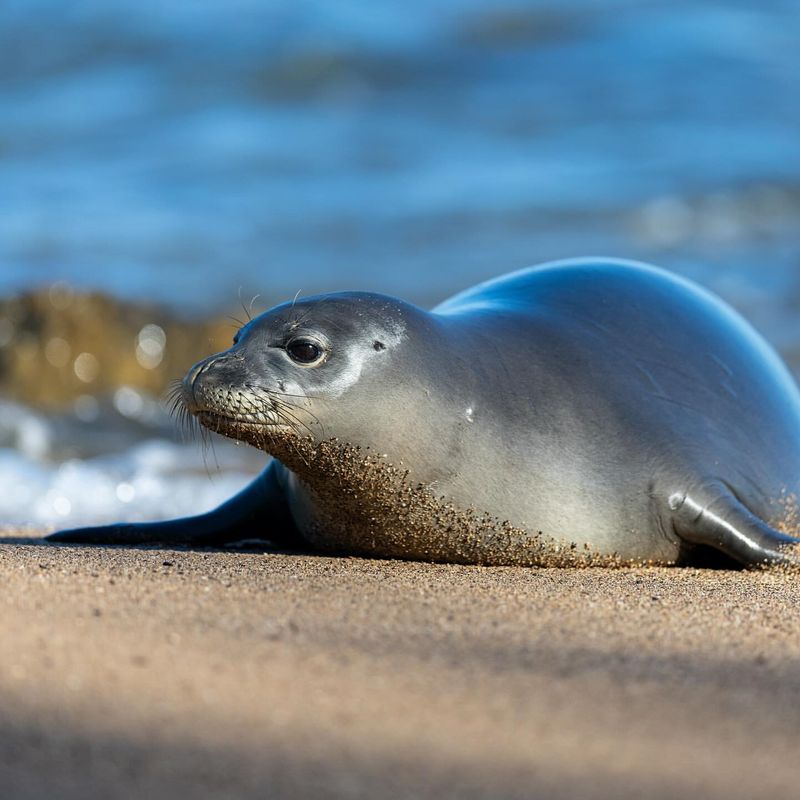
On the sunlit beaches of Hawaii, the Hawaiian Monk Seal struggles to survive, despite its beauty and charm.
With its sleek, grey body and soulful eyes, the seal has become a beloved symbol of the islands.
However, fishing gear entanglement, lack of food, and human disturbances are putting the species at risk.
8. Philippine Eagle
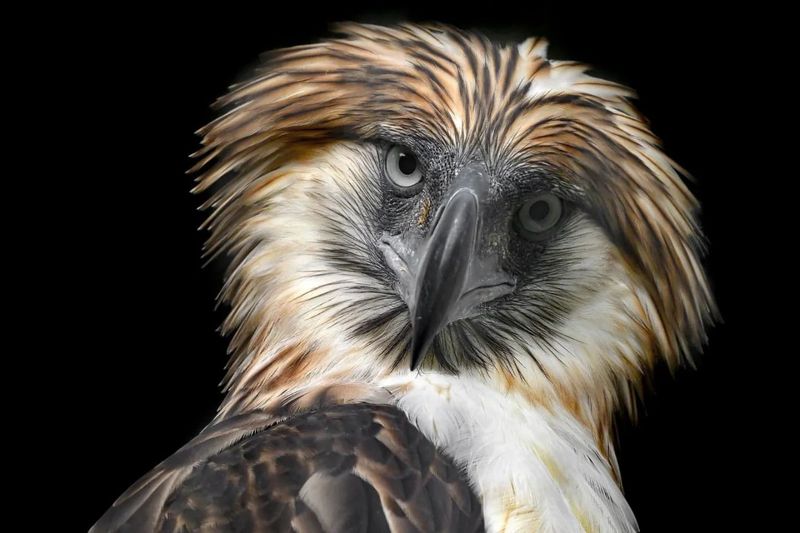
In the lush forests of the Philippines, the Philippine Eagle stands as one of the largest and most powerful birds of prey.
With its striking crest and massive wingspan, it’s a true symbol of the country’s rich biodiversity.
Sadly, deforestation and hunting have pushed this majestic eagle to the edge of extinction.
Saving the Philippine Eagle means safeguarding the entire forest ecosystem, highlighting how nature’s resilience depends on our collective action.
9. Axolotl
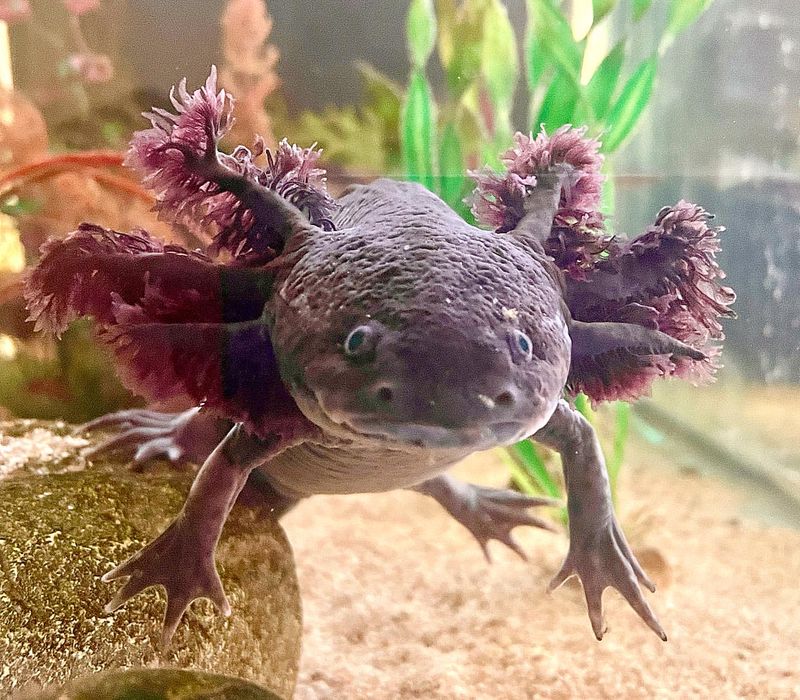
In the clear waters of Mexico’s lakes, the Axolotl, a remarkable amphibian, faces a serious threat to its existence.
With its external gills and salamander-like appearance, it has become a symbol of regeneration and resilience.
Unfortunately, urbanization and pollution have destroyed its habitat, putting immense pressure on its survival.
10. Yangtze Giant Softshell Turtle
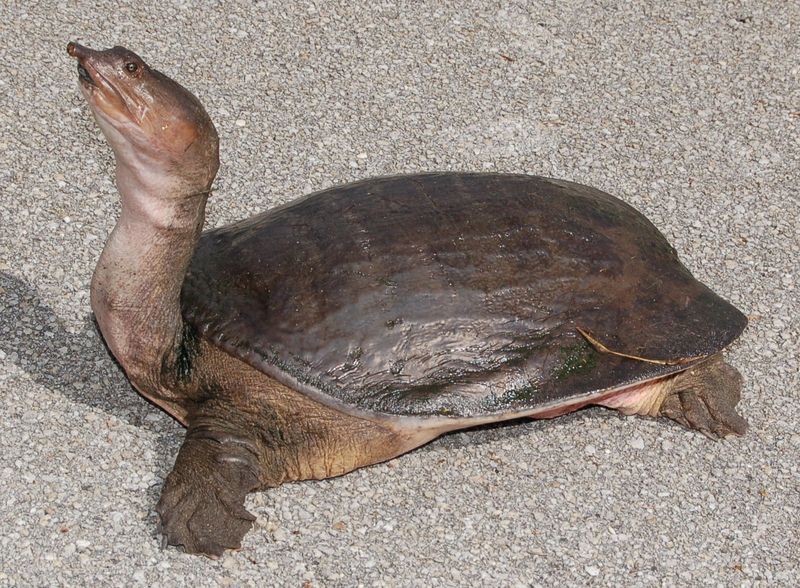
Basking on the riverbanks of the Yangtze River, the Yangtze Giant Softshell Turtle is one of the rarest and most unique turtles in the world.
With its large, flattened shell and long neck, this critically endangered species is in grave danger of extinction.
Pollution, habitat destruction, and illegal trade have dramatically reduced its population, making conservation efforts even more urgent.
The plight of the Yangtze Giant Softshell Turtle highlights the need for immediate action to restore habitats and protect aquatic biodiversity.
11. Spoon-Billed Sandpiper
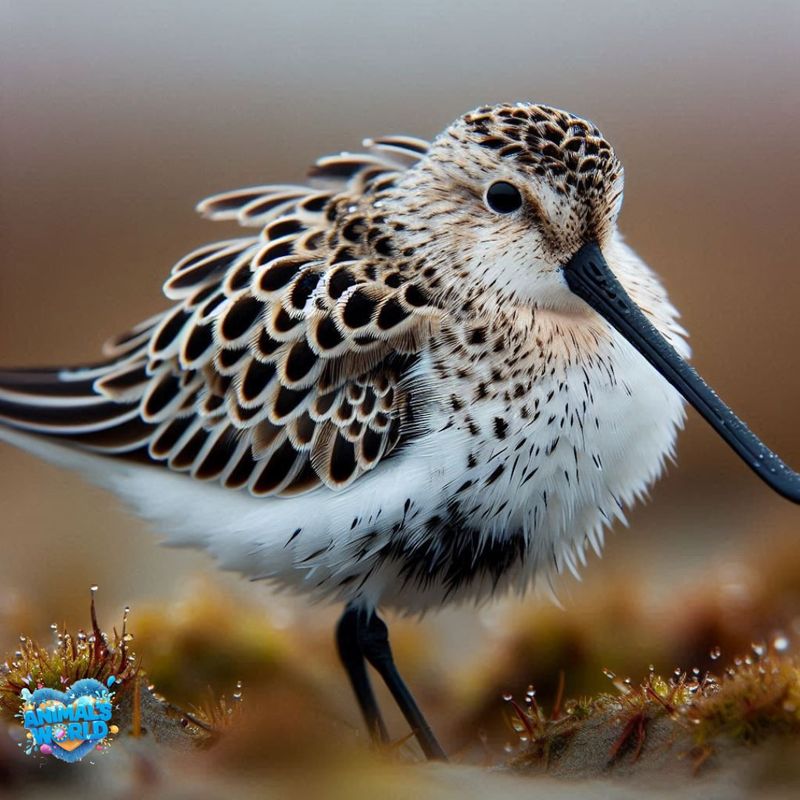
Wading along the mudflats, the Spoon-billed Sandpiper catches the eye with its unique spoon-shaped bill.
Found along the East Asian-Australasian Flyway, this small but charismatic bird is threatened by habitat loss and climate change.
Captive breeding programs are also helping boost the bird’s numbers, giving hope for its future.
12. Kakapo
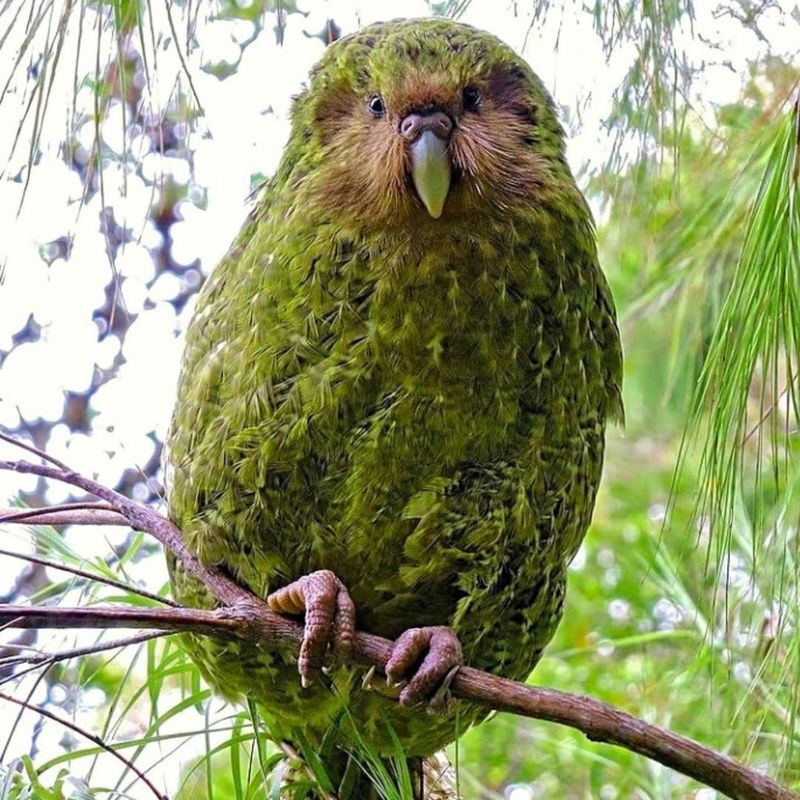
In the forests of New Zealand, the Kakapo, a flightless parrot, struggles to survive.
With its moss-green plumage and owl-like face, this nocturnal bird is both unique and beloved.
Introduced predators and habitat loss have taken a heavy toll on its population, making conservation efforts crucial.
Efforts such as predator control and managed breeding programs are helping support the Kakapo’s recovery.
13. Yangtze River Dolphin
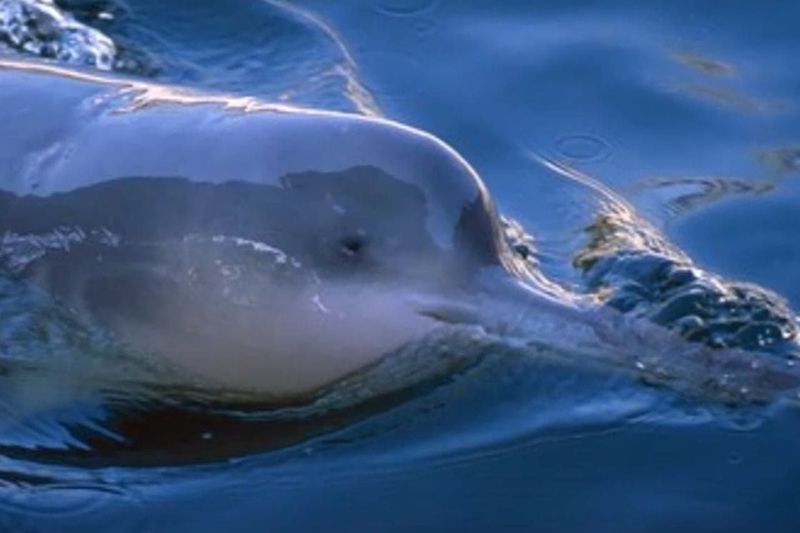
The Baiji dolphin, once a graceful creature in the Yangtze River, is now facing a serious decline.
Imagine a freshwater mammal, known for its beauty, struggling to survive amid pollution and increasing river traffic.
Sadly, industrialization and harmful fishing practices have turned the Baiji’s home into a dangerous place.
Efforts to save them have been made, but sightings of this dolphin are now almost unheard of.
14. Sumatran Orangutan
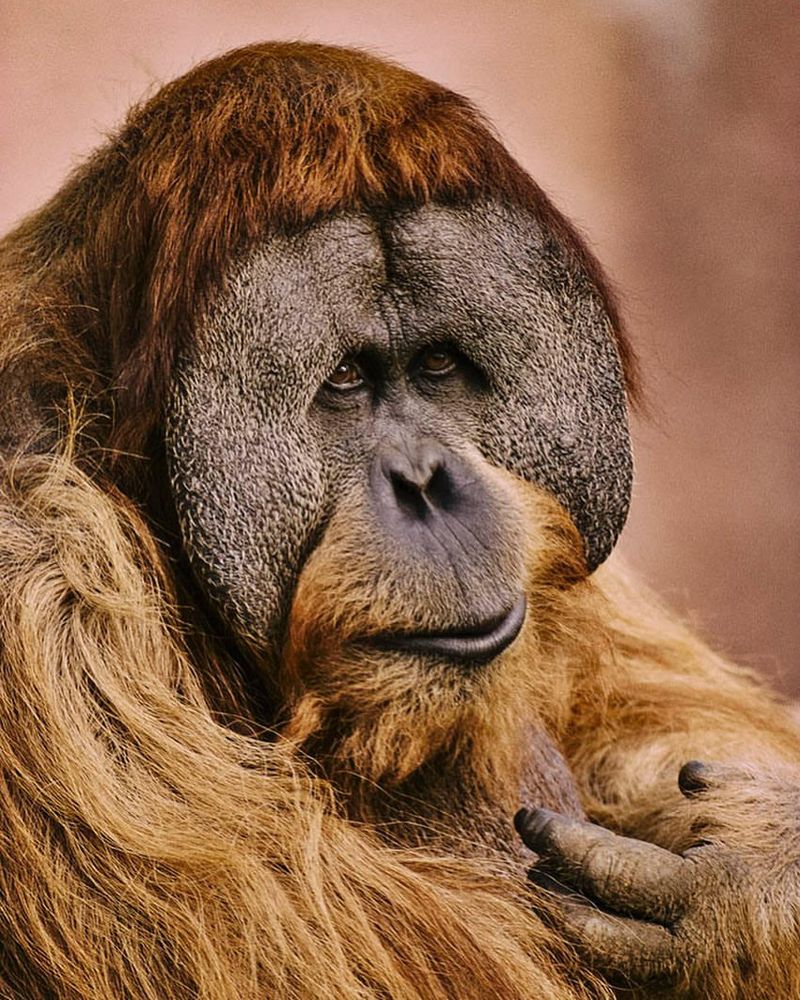
Swinging through the rainforests of Sumatra, the Sumatran Orangutan captivates with its intelligence and soulful eyes.
This great ape is facing severe threats, mainly due to habitat loss from deforestation and palm oil plantations.
Rehabilitation centers are also crucial in rescuing and reintroducing orangutans to the wild.
15. Bornean Orangutan

Resting in the canopy of Borneo’s rainforests, the Bornean Orangutan is a striking and beloved species.
With its distinctive cheek pads and reddish-brown fur, this great ape is easily recognizable, but sadly, it’s facing serious threats.
Deforestation and the illegal wildlife trade have taken a heavy toll on its population, pushing it closer to extinction.
16. Pygmy Sloth

With its unhurried grace, the Pygmy Sloth clings to the mangroves of Isla Escudo de Veraguas.
This diminutive creature, an emblem of serenity, moves as if time were a gentle stream. Its fur, tinted with algae, blends seamlessly with the verdant surroundings.
Once a common sight in its island habitat, the Pygmy Sloth faces challenges from deforestation and human disturbance.
17. Island Fox
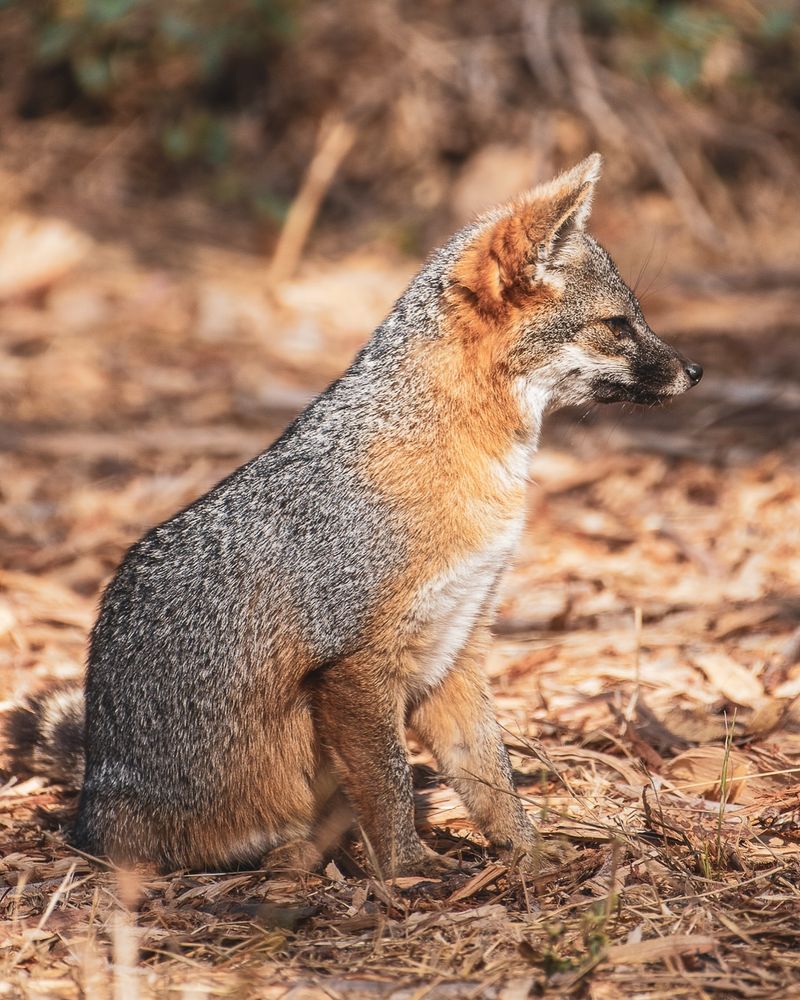
Exploring the terrains of California’s Channel Islands, the Island Fox is a small, agile creature with a curious expression that once faced the brink of extinction.
Known for its adaptability, this resilient fox has become a symbol of conservation success.
Predation by non-native species and disease outbreaks severely affected its population, pushing it to the edge.
Thanks to conservation efforts like captive breeding and habitat restoration, the Island Fox is making a remarkable recovery.
18. Northern Hairy-nosed Wombat
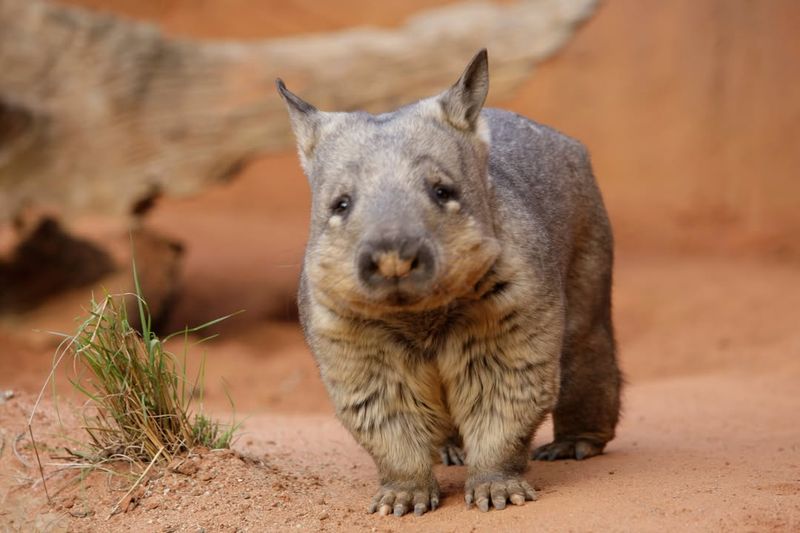
The Northern Hairy-nosed Wombat, once common across Australia, now survives in the Epping Forest National Park.
With its sturdy, furry body and unique soft nose, this wombat is a fascinating marsupial.
Habitat destruction and competition for food with livestock have caused its population to plummet.
The wombat’s decline highlights the far-reaching effects of human activities on wildlife and the need for dedicated conservation efforts.
19. Snow Leopard
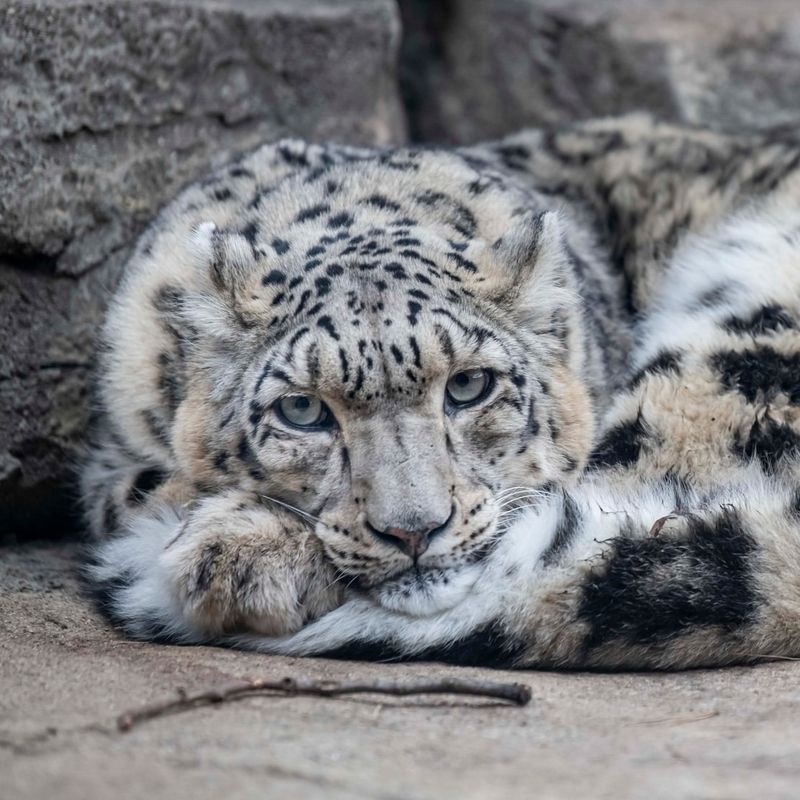
Across the snow-covered mountains of Central Asia, the elusive Snow Leopard prowls, a symbol of beauty and resilience.
With its thick, spotted coat and long tail, it is perfectly adapted to the harsh cold and rugged terrain.
Sadly, poaching and habitat loss are threatening the Snow Leopard’s survival, causing its population to dwindle.

